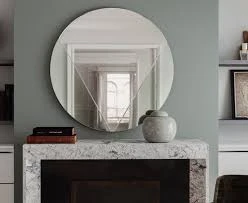

Understanding Energy Efficient Low-E Glass
In recent years, the emphasis on energy efficiency in building materials has grown exponentially, due in part to rising energy costs and a global commitment to sustainability. One of the most innovative solutions on the market today is low-emissivity (low-E) glass. This glass type is engineered to reflect infrared light while allowing visible light to pass through, significantly enhancing the thermal performance of windows.
Understanding Energy Efficient Low-E Glass
The benefits of low-E glass extend beyond energy savings. By using this advanced glazing technology, buildings can achieve greater comfort levels for occupants. Homeowners benefit from more stable indoor temperatures and reduced drafts, while commercial properties can enhance employee productivity and comfort. Moreover, low-E glass helps in blocking harmful ultraviolet (UV) rays, which can protect furnishings, artwork, and flooring from fading over time.

One of the most compelling arguments for low-E glass is its contribution to sustainability and environmental stewardship. By reducing energy consumption, it lowers greenhouse gas emissions associated with heating and cooling. Additionally, the manufacturing process for low-E glass has become increasingly eco-friendly, making it a responsible choice for modern construction.
Economically, investing in low-E glass can yield significant returns. Although the initial investment may be higher than standard glass, the long-term savings on energy bills can offset these costs. Many homeowners report saving up to 30% on energy costs annually when switching to low-E glass windows. Furthermore, properties equipped with energy-efficient features tend to have higher market values and appeal to environmentally conscious buyers.
In conclusion, energy-efficient low-E glass is more than just a building material; it is a significant advancement in creating sustainable living and working spaces. Its ability to enhance energy savings, improve comfort, protect interiors, and contribute to a healthier environment makes it an essential component of modern architecture. As society continues to shift towards energy-conscious practices, low-E glass will undoubtedly play a pivotal role in the future of building design and construction. Investing in this innovative technology is not only a smart financial decision but also a commitment to a more sustainable future.